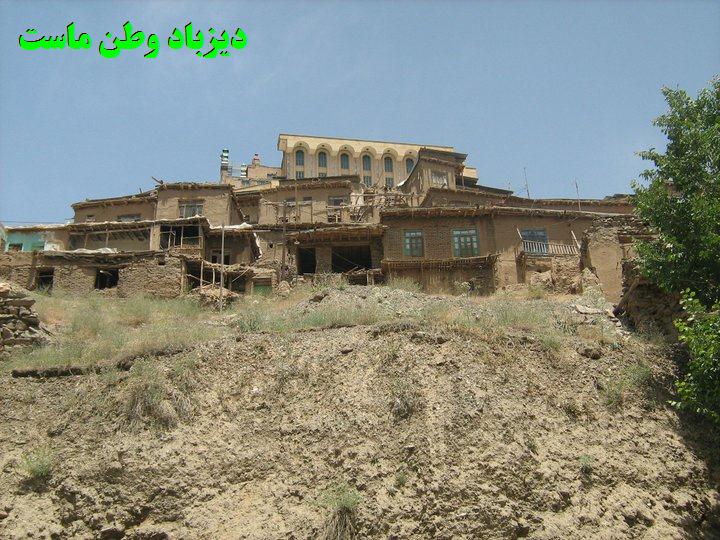
دیزباد وطن ماست
سایت رسمی روستای دیزباد علیا (بالا) از توابع شهرستان نیشابور در استان خراسان رضوی ایران.
دیزباد وطن ماست
سایت رسمی روستای دیزباد علیا (بالا) از توابع شهرستان نیشابور در استان خراسان رضوی ایران.Nasir Khosraw School in Dizbad Histiry
(Dizbad Watan e Mast)- if you look to the Dizbad History in the CA&CC Website, you can get somethings about the History of Nasir Khosraw School in Dizbad.
this article wrote with: Saidanwar SHOKHUMOROV
In the 1930s, on an instruction from the Imam, the Nizaritic villages of Khorasan got first schools. The very first of them appeared in 1932 in Dizbad and was called after Nasir Husrawa venerated by the Khorasan Ismailites.
Local communities paid for the schools—on an order from Aga Khan III 80 percent of collected taxes went to school building and education.

Positive shifts were prompt to come: the educational level grew while the number of Ismailitic students in the higher educational establishments of Meshed and Teheran increased. Upon graduation they remained in cities as teachers and state officials. The traditional countryside structure of the Nizaritic community began to change.
In 1951, Aga Khan III visited Iran to establish closer ties with the Ismailites; as a result he appointed as his representative one of his distant relatives on the paternal line Amir Asadshah Khalili.
When Aga Khan IV came into office Asadshah Khalili became much more independent, as official Ismailitic sources reported. The new Aga Khan removed him from office. To sort things out Aga Khan sent to Iran two representatives from among the Hoja. Later, according to the Imam’s instructions two committees (in Teheran and Meshed) created in 1973 were entrusted with administering the Ismailitic community in Iran. Their members appointed by the Imam from among the candidates suggested by the community were under the Imam’s direct control.
The Meshed committee responsible for the largest Nizaritic community in Iran scored considerable successes in socioeconomic and cultural programs. It built a new jamaat-knane, a cooperative Ihwan us-safa that gives low-interest credits to the Nizarites of Khorasan.
The Teheran committee is administering scattered groups in Teheran, Mahallat, Yezd, and Kirman.
The committee leaders maintain direct ties with the Imam, they visit him in Europe and Pakistan and receive instructions directly from him.
The Nizaritic Ismailites of Iran preserved the traditional communal structure, each of the communities uniting people from several neighboring villages, with their own muki and kamria. The muki supervise the religious affairs while the kamria are entrusted with money, documents and tax records. They are elected by the community and approved by the Imam.
There is no information about the numerical strength of the Nizarites in Iran yet there is a general idea that there are over 100 thousands of them. About half are concentrated in Khorasan, in the south and in the towns of Kain, Birjand, the village of Hoshk (with an agency of a Meshed committee) and also in Muminabad, Nasrabad, Mozdab, etc. Meshed is the home of several thousand Nizarites. They can also be found in the towns of Nishapur, Turbat and Haydaria, in smaller towns, in the villages of Dizbad, Kasymabat, Shah Taki and elsewhere.
Nizarites also live in Iran’s central regions, especially in Teheran; there are jamaat-khanes in nine villages around Mahallat. Small numbers of Nizarites can be found in the province